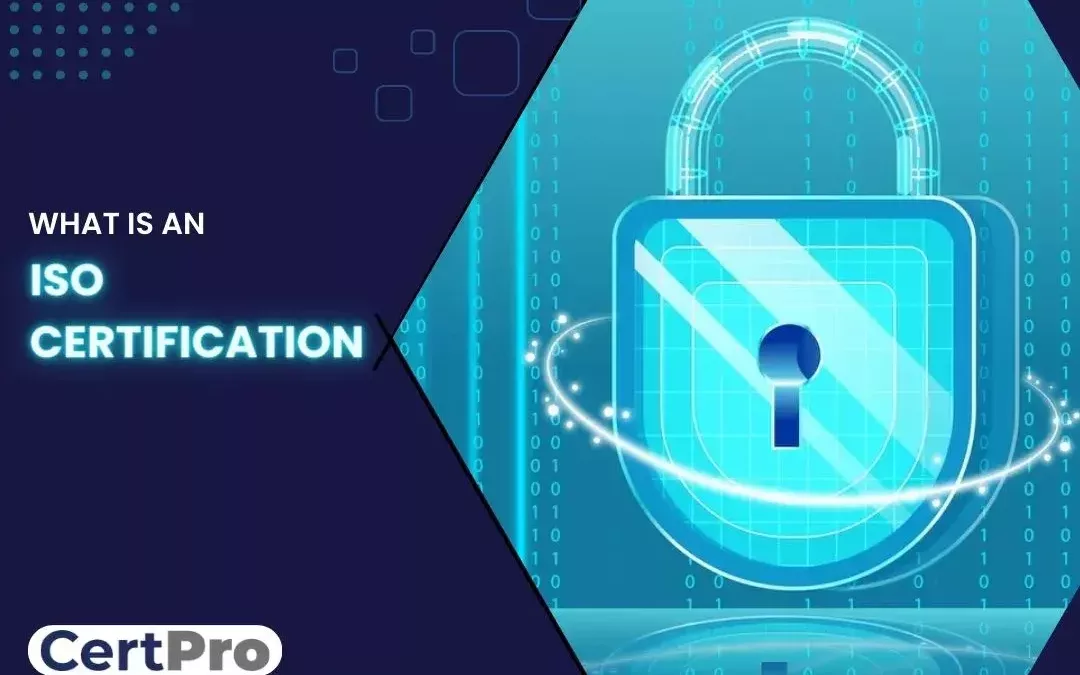In order to understand what is an ISO Certification and its importance for an organization, let us firstly understand about ISO.
ISO stands for International Organization for Standardization (ISO) which is an independent, standard setting, non-governmental international organization with a membership of 164 national standards bodies.
ISO Certification, by its definition is to certify that a management system, manufacturing process or service delivery and its documentation procedures are as per the specifications and recommendations for standardization prescribed by the ISO standard.
A brief about ISO Certification
- ISO was established on February 23rd, 1947 and is headquartered at Geneva, Switzerland.
- ISO publishes international standards applicable worldwide that caters to various industries including but not limited to service sector and manufacturing sector.
- ISO certification of any specific standards can be attained by an organization based on their applicability and scope of work that they fit into.
- Any organization, irrespective of their size (1-person entity to 1,00,000+ people entity) and industry (service or manufacturing) can get ISO certifications based on their requirements.
- ISO certification is not a product-based approach, rather, it is a standard used to streamline the processes of an organization in order to ensure that the end product/service delivered would meet the desired results.
- ISO has three official languages namely: English, French and Russian; the standards would be published in these languages.
- Delivering quality products and services to customers are the major driving factors for customer satisfaction, profitability and market leadership to any organization.
What are the 6 steps involved in publishing a standard by ISO?
ISO standards are developed by Technical Committees based on the formal request made by the sector specific needs of industries or stakeholders to develop a new standard.
Step 1: Proposal for a need to have a new standard
The industry groups and other related stakeholders would approach the National Member of ISO from their country and request for a new standard and this shall be taken up to the ISO Committee.
Technical Committee reviews this request for the need of new standard and considering all the factors, would accept the proposal and the further steps would continue.
Step 2: Preparation of Working Draft
A working group setup by Technical Committee heading the project considers all aspects of the standard that includes its scope, key requirements and recommendations that form the content.
This group of experts would be from all over the world and the process of drafting the standard would be continued until the Working Group (WG) is satisfied with the final version of first Working Draft (WD).
Step 3: Circulation of Working Draft among the interested parties
In this stage, the draft received from the Working Group would be shared with the representatives of industry, NGOs, governments and other stakeholders who form the part of Technical Committee for review.
TC reviews the first draft and checks for consensus from the committee members and the finalized draft of this stage is called Committee Draft (CD).


Step 4: Submission of DIS to the ISO Central Secretariat
The Draft International Standard is submitted to the ISO Central Secretariat by the Technical Committee. This draft is then shared with all ISO members of all countries and then they get a time period of about 12 weeks to review and comment on the same.
The DIS is then approved with 2/3rd or more of the members in favour of the standard. If there are any technical changes to be made will be taken up in step 5.
Step 5: Approval of Final DIS
In this stage, if necessary technical changes to be made are added and then FDIS is submitted to the ISO Central Secretariat by the Technical Committee. This FDIS is shared with all ISO members and then a time period of about 8 weeks is allowed to review and comment on the same.
The standard is then approved with 2/3rd or more of the members in its favour.
Step 6: Publishing of ISO Standard
The approved version goes for publication from ISO Central Committee as an International Standard.

How is ISO Certification attained by an organization?
ISO as an organization does not certify any entity. Organizations that are intending to get ISO certification need to implement the specific requirements as prescribed by ISO standard depending upon the nature and scope of their business.
This process of meeting the standard requirements is mostly addressed by organizations with the help of consulting firms like CertPro.
Once the standard implementation is complete, organizations must go through a third-party audit (Certification Body) to assess the system policies, processes and other major requirements that are to be fulfilled as per ISO standards.
Post this external audit, the certification body issues the certificate to the organization with a validity of three years that includes annual surveillance to be conducted in this time period.
Majority of the companies going for ISO certification begin with ISO 9001 certification which sets a foundation to accommodate most of the other ISO standards. The basic idea of ISO 9001 certification being considered the foundation for any of the other ISO standards is because of the way the ISO standards are structured and its capability to integrate the other standards at ease. The whole of ISO standards’ framework is based on a concept called PDCA cycle or Deming’s Cycle which stands as a base for adaptable integration of any standards as required by the organization. To know more about this subject, please refer PDCA cycle and its relevance to ISO.
Once a company is ISO certified, the certificate issued by the certification body can be used when bidding for contracts or in advertising to clients to show that the products or services delivered adhere to the ISO’s prescribed standards. The ISO certification along with above mentioned advantages, would also have various other benefits for an organization which is comprehensively detailed in the blog What are the benefits of ISO certification?
This blog is basically aimed at giving a brief understanding about the basics of ISO and its certification process. The topics that we have touched upon in this content also includes a detailed process of how the ISO standards are developed. We have also briefly understood on how a company can get ISO certification.
For any queries and support relating to ISO consulting and certification, please visit us at www.certpro.in
HOW DO GRC TOOLS HELP IDENTIFY AND MITIGATE RISKS?
In today’s fast-paced business environment, emerging threats and risks negatively influence business operations. Threats can arise from different sources, such as cybersecurity compliance requirements, supply chain disruption, and natural disasters. Thus, the...
AI SECURITY: UNDERSTANDING THREATS AND COMPLIANCE SOLUTIONS
Artificial Intelligence continues to grow and become more relevant in workplaces. Customers widely use it to handle market products. Organizations are desperately using AI for their businesses, ensuring that the AI systems comply with the new rules and regulations. In...
HOW DOES THE NIST CYBERSECURITY FRAMEWORK FUNCTION, AND WHY IS IT IMPORTANT?
Emerging cyber threats make cybersecurity an essential consideration for organizations handling and managing data. In this regard, the NIST cybersecurity framework applies to improving your cybersecurity program. It is a set of guidelines that helps improve your...




